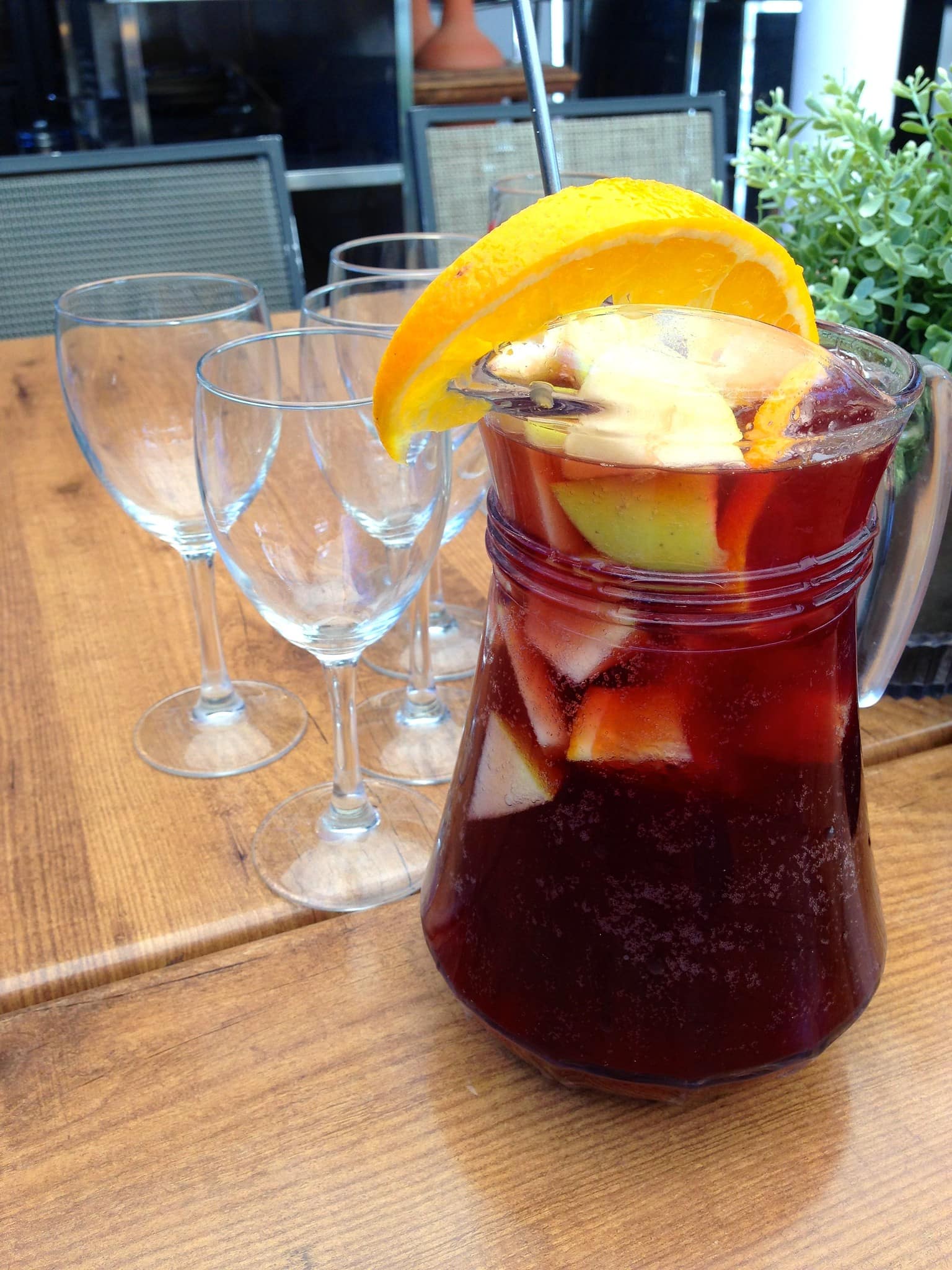
Putting Together the Origins of Spain’s Famous Cocktail.
Sangria is known and loved all around the world. While the exact origins are not known, sangria history comes together when looking at the ingredients before mixing it all together.
Sangria History: Deconstructing & Mixing it Back Together
What is in a Sangria?
Sangria comes from the word “sangre” meaning “blood” which refers to the dark red color of the cocktail.
There is no exact recipe for sangria as it can vary according to how you want to flavors to mix. But, there are guidelines for a basic pitcher or punchbowl of the drink. Red wine, fruits, and various spirits.
For restaurants and bars to abide by European regulations, an authentic sangria must be made with Spanish or Portuguese wine that is less than 12% ABV.
Roman Roots
Many food historians say that sangria was likely invented by Romans thousands of years ago when they conquered the Iberian Peninsula in 200 BC. At that point, Romans planted grapes and vineyards on Spanish territory.
It is important to note that the Romans already had a drink made of wine, sugar, and spices called Hippocras. It was sometimes heated in the winter which resembles today’s mulled wine.
The first versions of sangria consisted of water, wine, herbs, and spices. Water was unsafe and full of bacteria during those times. It was believed that adding alcohol would kill off the bacteria.
So the wine killed the bacteria in water, and the spices disguised the mediocre taste of table wine.
700 years of Abstinence
Spanish wine business faltered when Islamic Moors conquered the peninsula in 711. It was only until the end of the Moors’ rule in 1492 that wine returned. And when wine returned, as did sangria.
Importing Citrus
The history of sangria is also the history of the ingredients that go today’s standard drink. That includes citrus fruits.
While oranges are amazing in Spain, they did not actually originate in the country. They came from Southeast Asia and were later imported by Spanish explorers into the country during the age of exploration in the 1500s.
Sangria, Such an Influencer
By the 1700s, sangria’s influence could be found around the world.
In Europe, there were British and French versions using their own red wines like Claret (or French Bordeaux), Cabernet Sauvignon, Cabernet Franc, and Merlot. Punchbowls of sangria with mixed fruit were found in parties from London down to Cadiz.
Over in the West Indies and the Caribbean, a drink called sangaree was first mixed by Spanish merchants using red wine or port.
Later in 1964, the Spanish pavilion officially introduced sangria in the World’s Fair in New York. Americans had their first taste of the drink and since then, the world cannot get enough.
In Spain, sangria is considered an overpriced tourist drink. For a drink that’s loved by locals, half the price, and even more refreshing, try a Tinto de Verano!
Tinto Verano: Origins & How to Order it Today
Tinto Verano Recipe, aka How to Day Drink at Home
Sign up for my newsletter on the sidebar for blog updates and my travel insider tips! And, check out my vlogs on YouTube!


